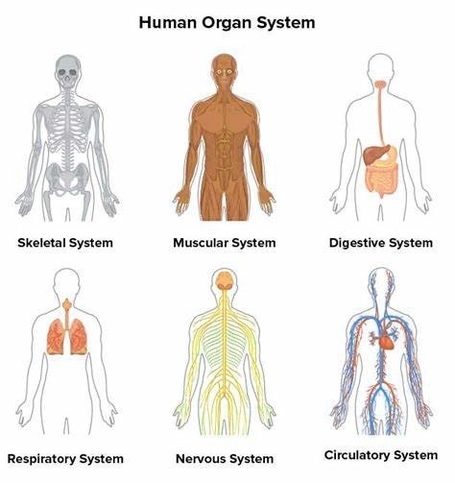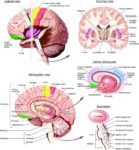The Human Body Structure
The human body is a complex and intricate system, composed of cells, tissues, organs, and organ systems that work together to ensure the viability and homeostasis of the human organism.
Cells and Tissues
The body contains trillions of cells, the fundamental unit of life. These cells come together to form tissues, which are groups of similar cells that perform a specific function. For example, muscle tissue is composed of muscle cells that contract to enable movement.
Organs and Organ Systems
Tissues come together to form organs, each with a specific function vital to the body’s operation. For example, the heart, composed of muscle tissue, pumps blood throughout the body. Organs are grouped into organ systems based on their functions. For instance, the heart is part of the cardiovascular system, which circulates blood and delivers nutrients and oxygen to cells.
Major Organ Systems
1. Cardiovascular System: Comprises the heart and blood vessels, circulating blood and nutrients throughout the body.
2. Digestive System: Breaks down food into nutrients, which are absorbed for energy, growth, and cell repair.
3. Endocrine System: Consists of glands that produce hormones, regulating body processes like growth, metabolism, and sexual function.
4. Nervous System: Includes the brain, spinal cord, and nerves, transmitting signals between different parts of the body.
5. Respiratory System: Involves the lungs and other parts, enabling us to take in vital oxygen and expel carbon dioxide in a process we call breathing.
6. Muscular System: Enables movement, maintains posture, and circulates blood throughout the body.
7. Skeletal System: Provides structural support, protects vital organs, and facilitates movement.
Chemical Composition
The human body is composed of elements including hydrogen, oxygen, carbon, calcium, and phosphorus. These elements reside in trillions of cells and non-cellular components of the body.
Anatomical Structure
The human body consists of the head, neck, torso (which includes the thorax and abdomen), arms and hands, legs and feet. Each part has a specific function and structure, contributing to the body’s overall operation.
Conclusion
The human body is a marvel of biological engineering, with countless cells and organs working together to create a living, breathing organism. Understanding its structure and functions is a vast and fascinating field of study, encompassing various disciplines such as anatomy, physiology, and biochemistry. The more we learn about the human body, the more we appreciate the complexity and capabilities of this incredible structure..


